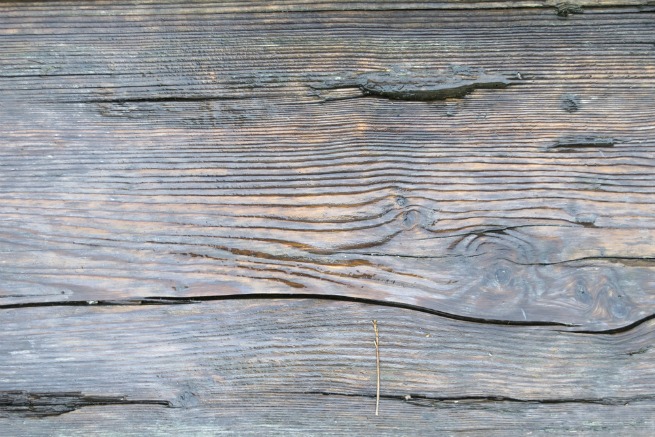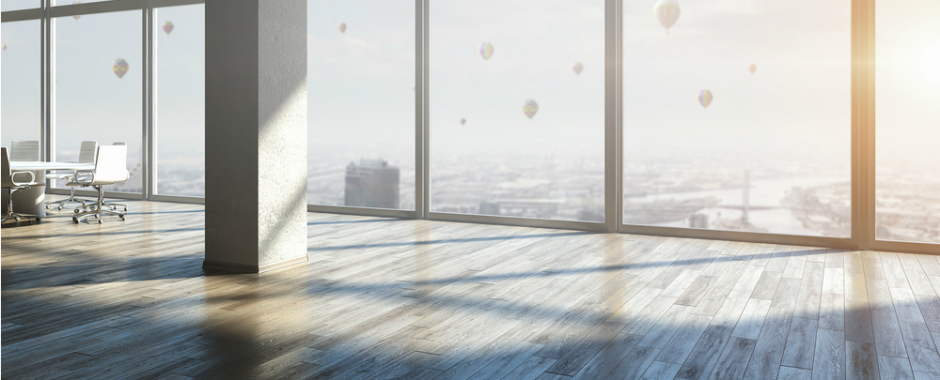It's natural to be excited when your brand new flooring has finally arrived on your doorstep. After the time it takes to decide on getting new flooring, what floor material is most suitable and what colour you'd prefer, it can seem like an age before you're actually at the point where having new floors in your home is an actual likelihood. However, now is not the time to rush! First, you need to acclimatise your floors to the environment they're now going to be installed in.
Why do I need to do this?
Acclimatising your brand new floorboards to the environment they will be fitted in is crucial. Floorboards are very susceptible to changes in the atmosphere, including temperature and humidity. This causes them to swell and/or shrink as they get accustomed to their new environment.

If your new floorboards were installed straight away, they would get used to their new room by swelling/and or shrinking according to the nature of the room they're in. As they will have been tightly packed together this will cause them to cup, buckle or develop structural damage such as splitting. In other words, your floorboards will be ruined and you will waste a great deal of money if they are not able to acclimatise before being fitted.
How do I let them acclimatise?
Fortunately, it's not difficult to avoid such a calamity. There are two ways to acclimatise your flooring and they are keeping them in the box, or removing them from the box. For the flooring that we supply, we recommend keeping the boards in the box.

Make sure the room you will be keeping your flooring in is an enclosed space, and that the temperature and humidity stay at a normal level for 5-10 days ahead of the day when your shipment of flooring boards is due to arrive. Simply ensure the temperature and humidity levels are at a usual level for the area in which you live, as the flooring boards will be within these environmental conditions from this point on. Open the boxes and lay them flat in this room. If you don't have space you can stack the boxes but try to expose as much of the board as possible to the air.
How long do I acclimatise flooring?
How long you leave your new flooring in your room of choice depends entirely on the type of wood you decided on, though the manufacturer should provide guidelines for how long they recommend you do this. The minimum amount is two days, with this extending to a maximum of fourteen days.
Solid wood generally needs around 7 days, whilst engineered wood flooring takes only 2 days to acclimatise. Laminate and luxury vinyl tile flooring also only take two days to become used to the environmental conditions in your home though we do recommend you follow the manufacturer's recommendations to the letter.

Once your new floors have adjusted to the moisture levels present in the room they will then be able to stand the usual fluctuations in temperature and moisture that occur in a home over the years. That means they'll last for a great many years to come.
How did you get on with waiting for your floors to acclimatise? Let us know all about it below.
